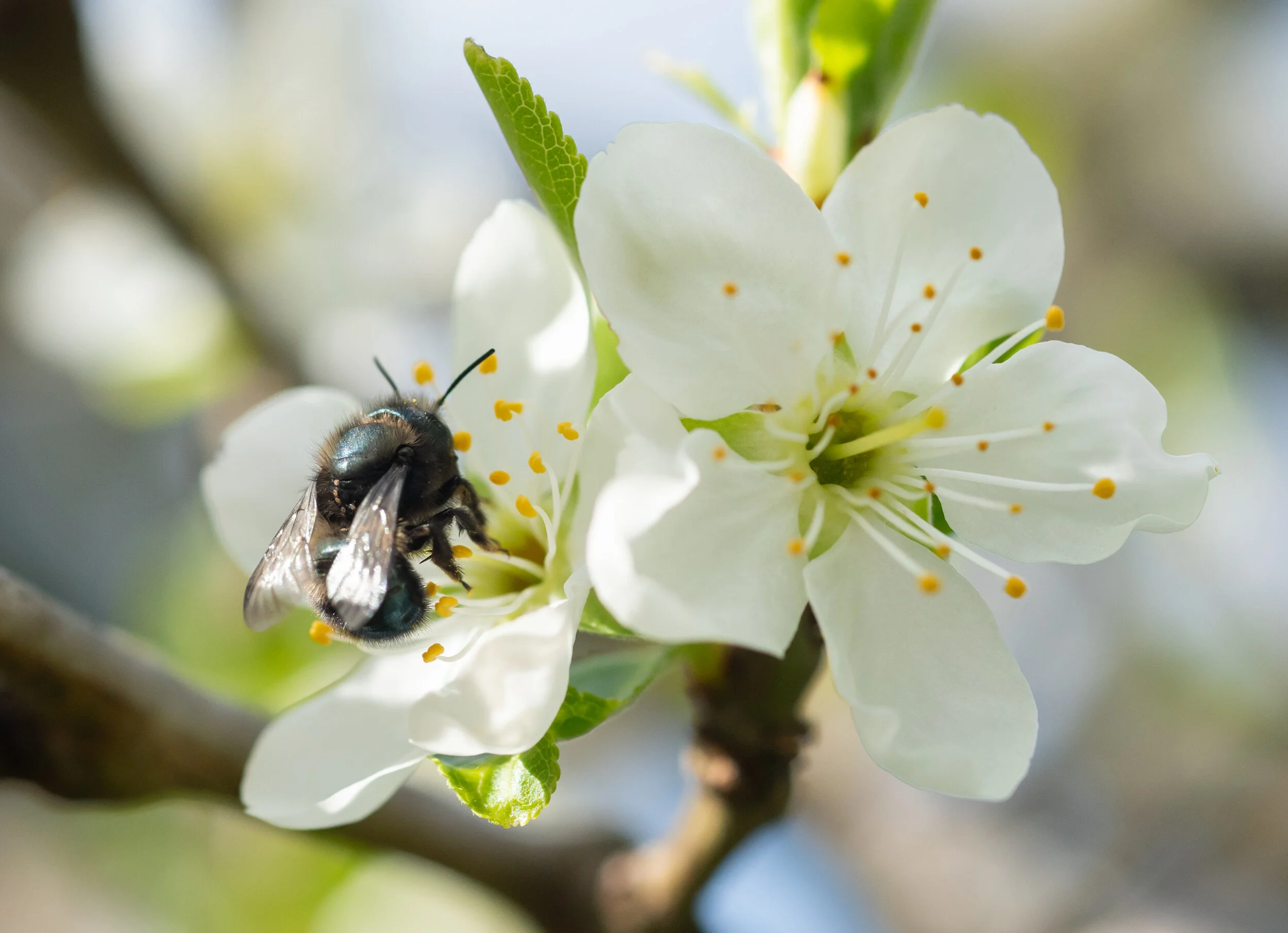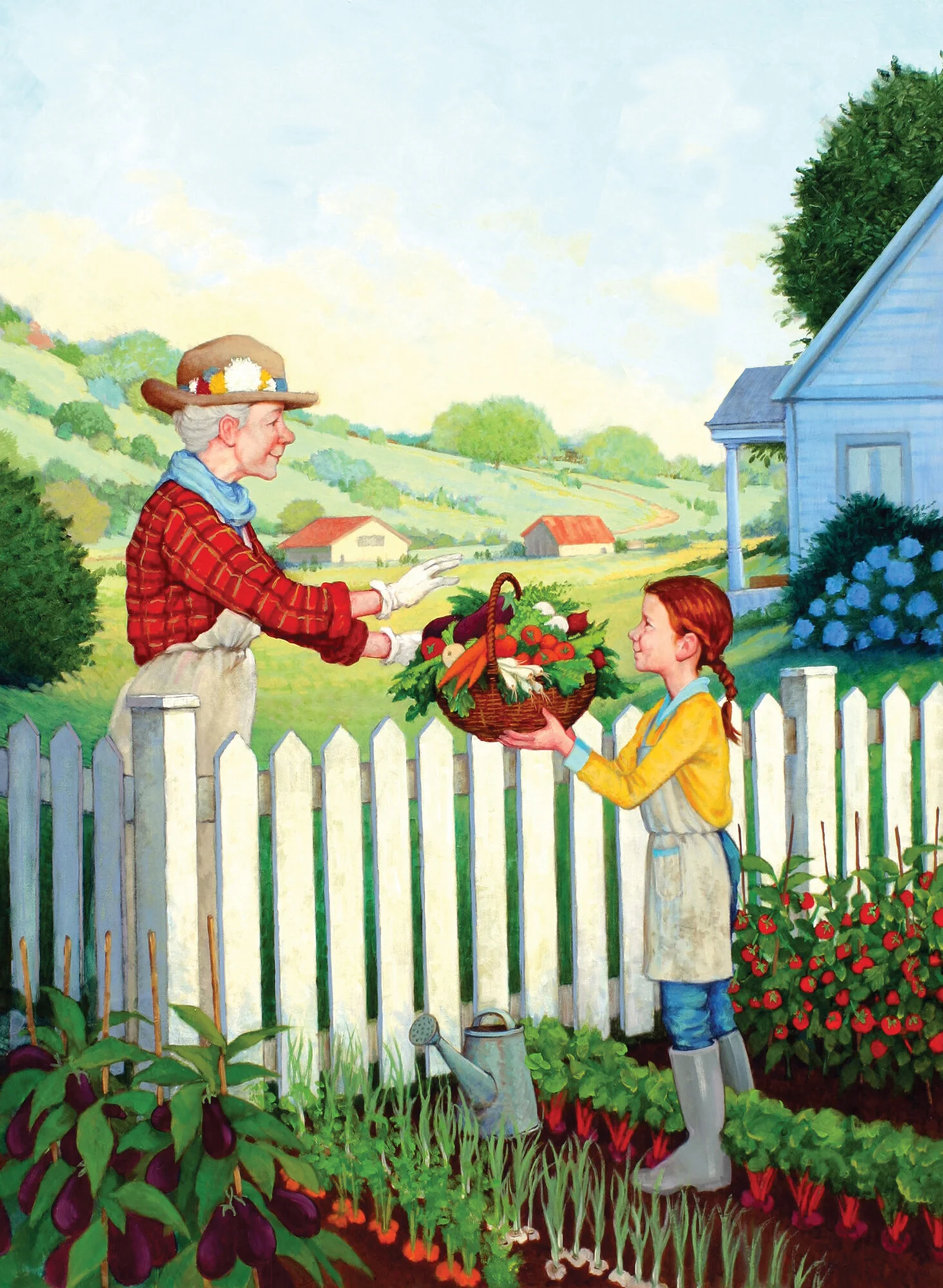Growing with Cold Frames
If you’re hooked on gardening and are looking for a way to extend the growing season by a couple months or need additional space for starting your seed for transplants, consider using a cold frame. Cold frames are simple, economical mini-greenhouses that can take your gardening to a whole new level, especially if you live in short-season areas. What follows is an introduction to cold frames and all the ways to use them.
What is a Cold Frame?
Simply put, a cold frame is a small unheated greenhouse. Most often, cold frames take the form of boxes with wooden or glass sides and a glass top. The top is hinged to allow ventilation. Using the greenhouse effect, sunlight that enters the cold frame warms the air inside and provides supplemental heat for growing plants. Most cold frames are mobile, so they can be picked up and moved to another area of the garden or placed over different plants.
How are Cold Frames Used?
Building an all-purpose cold frame is a wise choice, because it can be used throughout the year in a number of ways.
Season extension: Cold frames can be placed on top of plants in your garden to provide supplemental heat in the early spring or late fall. It can allow you to grow annual vegetables outside of the normal date range for your area. For instance, using a cold frame, you can grow cool-season vegetables like lettuce up to a month earlier in the spring and a month later in the fall than you could without protection.
Give heat loving crops an added boost: If you live in areas that experience springtime temperature fluctuations or cool summers, you can use a cold frame to give an extra boost to heat-loving vegetables such as peppers, eggplant, melons, and others. Growing your heat-lovers under a cold frame for part or all of the plants’ lifecycle will provide many additional heat units, resulting in earlier maturity and increased yield.
Overwinter tender perennials: You can use a cold frame to help tender perennials make it through a cold snap or especially harsh winter if your location is on the edge of their hardiness zone. Tender fuchsia, abutilon, wasabi, Meyer lemon, and artichokes are good candidates for overwintering under a cold frame in our area.
Start seeds: If a full-sized greenhouse isn’t an option and your indoor space is limited, cold frames are a great way to start your seeds for transplanting.
Things to Consider
Ventilation: Ventilation is the most important aspect to consider. Cold frames have high surface area to air volume, and the interior can heat up very quickly when the direct sun hits it. Cold frames can be manually propped open, or there are simple temperature-activated arms that open your cold frame without the use of electricity. In addition to letting out hot air, it’s important to ventilate your cold frame in order to moderate moisture levels and reduce the likelihood of molds and mildews developing on your crops. On nice sunny days, be sure to open and vent your cold frame!
Insulation: Different materials provide different levels of insulation against the cold weather. If you’re in an area with more cold temperatures, consider using glass. You might be able to find used double-pane windows. If you’re in an area with mild winters, you can use clear polycarbonate panels or even greenhouse plastic.
Flexibility: Think about all the ways you would want to use your cold frame and design it to be as flexible as possible. Are you going to want to put it on top of your raised bed? Then consider making the footprint of the cold frame sized to fit to the edge of your bed. Are you going to need to move it around by yourself or can you manage with 2 people? I recommend building your cold frame with handles on the short ends for easy maneuvering. If you are going to be using it to start seedlings, consider making your cold frame so that it neatly fits as many 10x20 trays as possible. A little planning will pay off immensely in the use you can get out of it.
Cold frames are a great and economical way to up your gardening game by improving seed starting ability, growing better heat-loving crops, and extending your ability to garden throughout the year. They can be made simply and cheaply with many materials you may already have around the home. Check out some of the many designs available online and be sure to have fun with it!
Author: Andrew B.




